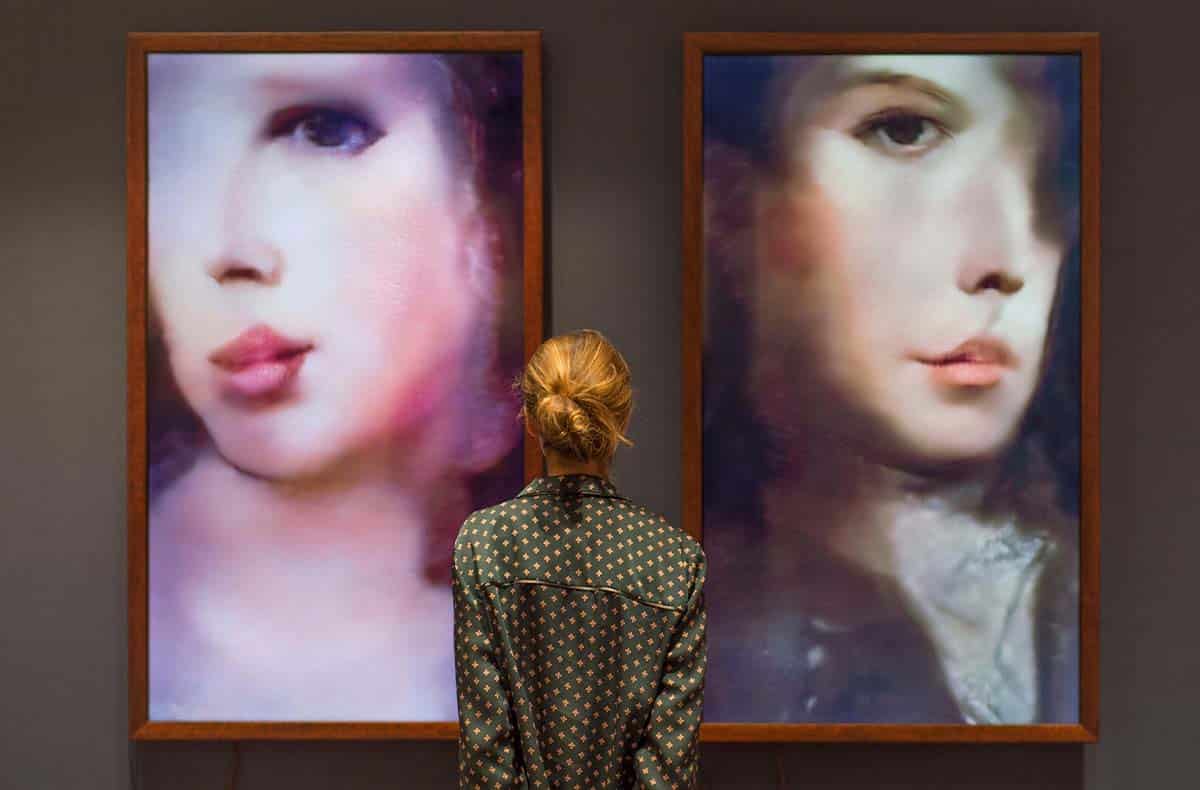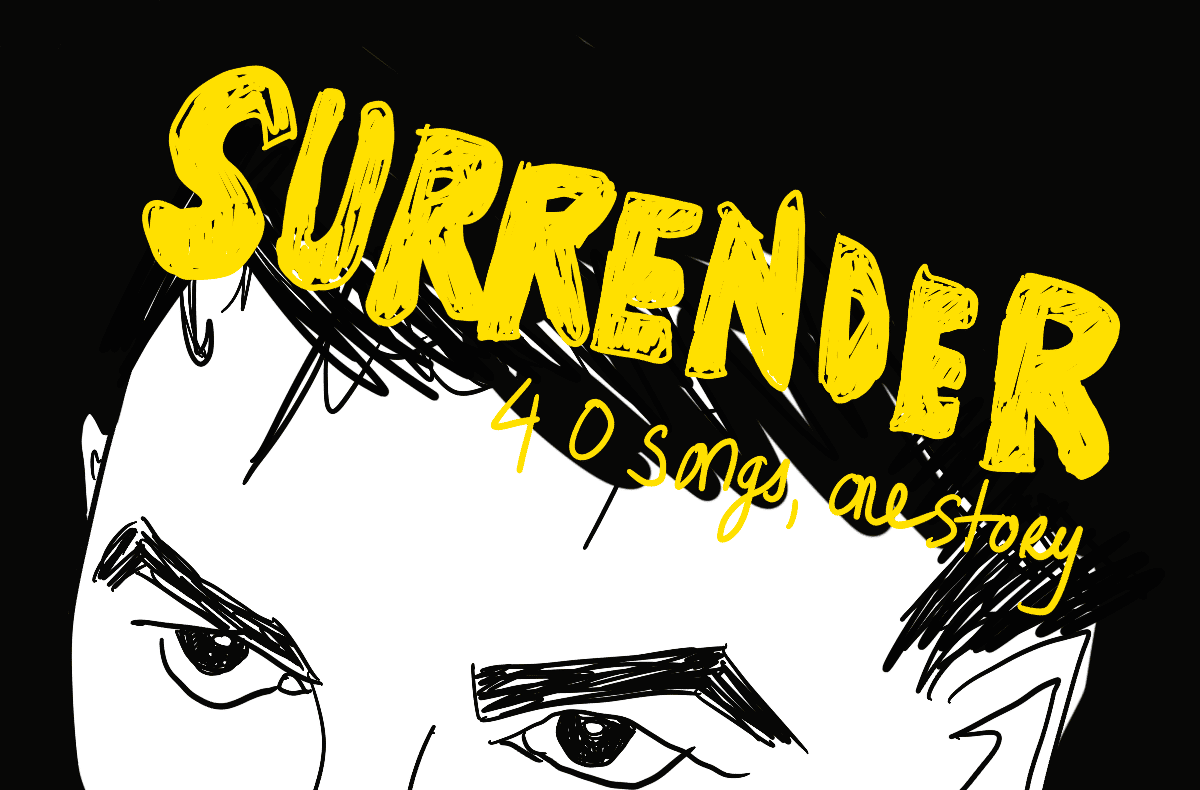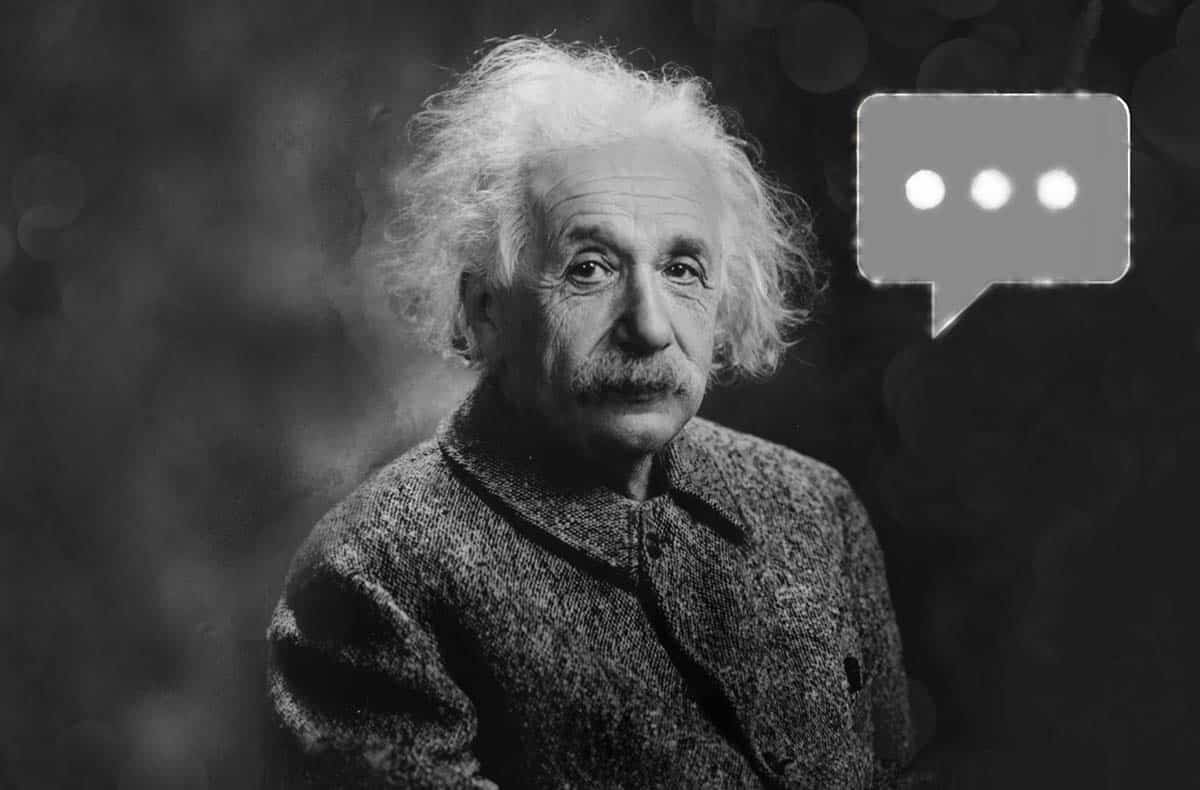
I’ve been interested in robots, and the adjacent field of artificial intelligence, since I was a goggle-eyed wee boy. I’ve always accepted that a complex-enough machine, at some point, will arise to meet humanity on equal terms. (Not that high a bar at the moment, you may murmur.)
For AI-watchers, it can often be both the best and worst of times. For every algorithm that thrashes us meat puppets at one of our own board games (four world bridge champions were squished the other week), there’s a dreadful, spindle-legged quadrobot, tottering through the Boston snows, operating way below the level of a labradoodle.
But the spooky finger of AI can still land on your shoulder from behind, and properly freak you out. Thus it was in mid-April, when a new software titled DALL·E 2 started showing the images it could produce when fed a line of prose.
One early tester used the quirky biog lines from his friends’ Twitter accounts to generate images. You can find the startling results here—and the hashtag #dalle2 shows material that is even more enchanting.
The mind reels. DALL·E 2 can make its images cartoonish or realistic, respond artistically to mood words (see this request for a “vibrant” half-robot Salvador Dali face), using a level of technique that takes old masters and new memes in its stride (and even effortlessly blends them). All responding to a tapped-out line from you.
A moment’s thought brings you to this tech’s potential for mischief and abuse. OpenAI, DALL·E 2’s maker, is ahead of you: it currently rules out sexual and political suggestions, as well as any official names. “Give me: drag queen Putin riding a tardigrade into the gates of bio-hell” is, sorry, not an option. The initial user group has also been tightly selected.
It’s good to see the ethicists seize an early grip on such transformative tech. However, as they admit themselves, they can’t seem to iron out the usual wrinkles with AI driven by big data—which is that these machines are only as humane as the data they’re being fed with.
Type in “lawyers” to DALL·E 2? A rack of older white men in judges’ livery. “Flight attendants”? Rows of smiling Asian women. “Restaurants”? Western setting, no Black faces. The problem seems to be that the more general the term, the more enormous the image search, which then brings in the deep biases of the civilization this software digitally draws on.
To be super-aware of this, as OpenAi is, puts you on the road to a fix (though constant vigilance is required). However, I still want to hold out a little awe for the achievement here.
We’ve been told for years that the one thing the march of the machines won’t conquer is human creativity. In the words of Harvard philosopher Roberto Unger, automation should mean “we can devote our supreme resource, our time, to the not-yet-repeatable…Our objective must be to become more human by becoming more godlike…[Now] we have the machines to do the routines that we can then preserve ourselves from.”
Yet what if they’re machines like DALL·E 2, which—as the name punningly suggests—can routinely come up with the surreal, uncanny and frankly “not-yet-repeatable”? If our machines are beginning to dream and imagine as powerfully as we do, I think there are a number of responses.
One would be to treat them as we would any inspiring source material (whether Dali or DALL·E 2), but become more like editors or curators of their endless flow of quirky options. In this way, AI has turned chess and Go players into “centaurs.” That is, humans start their games with advanced software as companions, delighting and building on the unprecedented moves these “artilects” can make.
Another response may be to take up the suggestion of the Oxford mathematician Marcus Du Sautoy, in his 2020 book The Creativity Code. He regards such visual computer creativity as a way to open up the “black box” of AI. Many scientists worry about how machine-learning software, running its unimaginable calculations of endless data points, can explain to mere humans how they got to their results.
Du Sautoy suggests that we should connect the cogitations of these AIs to some kind of image maker, like DALL-E 2. This could put us in a near-psychoanalytical relationship with these “Deep Minds”—accessing and interpreting what the academic daringly calls their “algorithmic subconsciousness.”
Which brings me back to the childhood sensibility I began with. What kind of human are you: one that waits for the next stage of the evolution of intelligence with joy and wonder—or fear and trembling? The Skynet of the Terminator movies is always a possibility. But so, it would seem, is a playful entity which makes giddy, unpredictable art. My eyes are still goggling.



